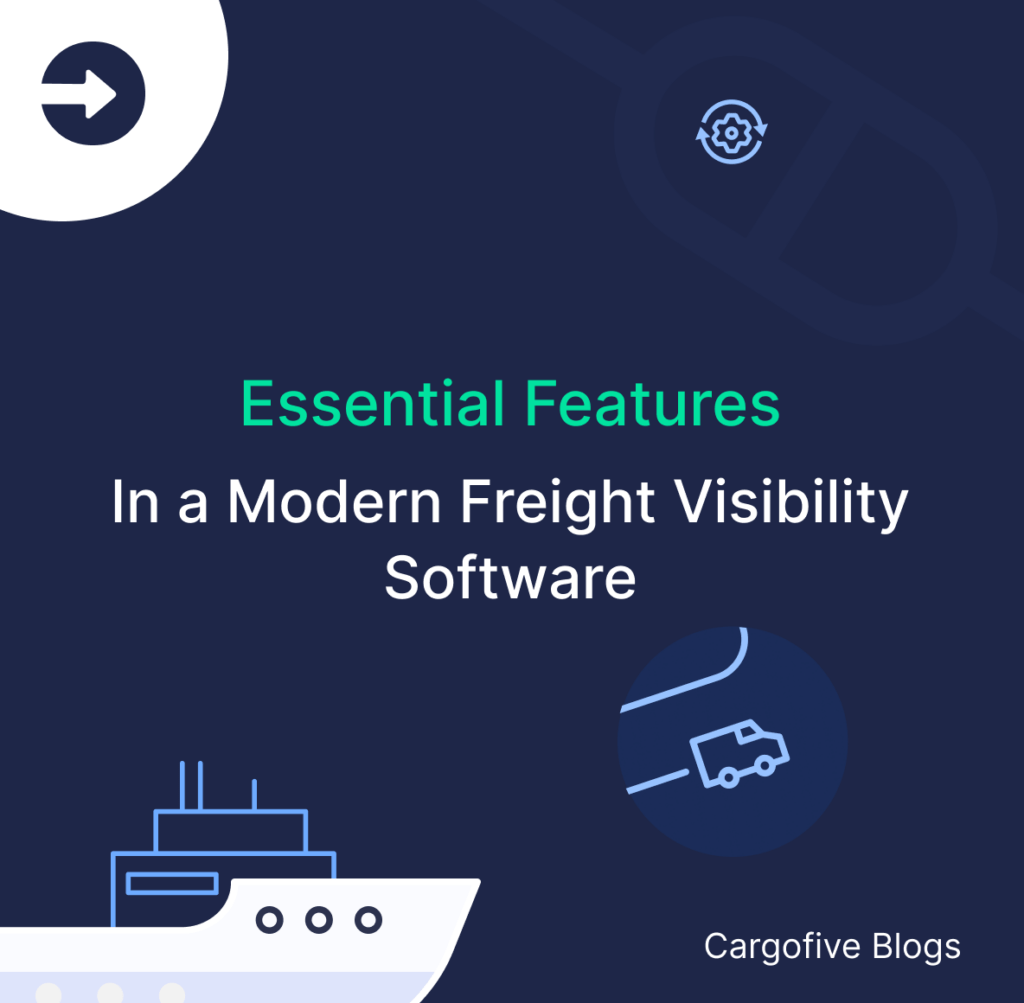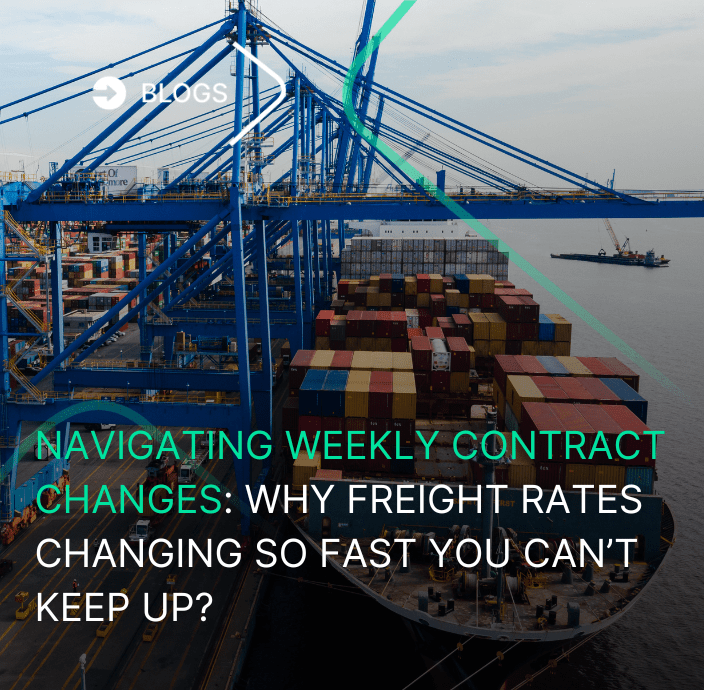The ocean freight industry’s digitalization is in full swing. Nevertheless, many freight forwarders are still operating offline and they are not taking advantage of more appropriate technology. This not only slows processes down, makes them tedious, and increases the margin of error, but also, it is not meeting customers’ demands. Because of this, freight forwarders are facing two paths: digitize their processes and catch up with the industry, or become obsolete and face very high costs.
Digitalization in freight forwarders can seem like a huge challenge, from choosing the software that best suits the company, to the mere fact of making that digital leap. Nowadays, it’s widely required by the clients themselves to have a certain degree of digitalization in the processes, since “quick and easy” has become the norm.
So, what are the side effects of avoiding digitalization in freight forwarders?
At Cargofive, we know that decision-making is difficult, and even more so when it comes to changes like this. For this reason, we believe that it’s convenient for freight forwarders to have all the necessary information to make the right decision, especially when it comes to such crucial information as costs are, both monetary and in terms of opportunities.
- Limited visibility.
When we don’t use the right tools, our visual field is limited and it can be tainted by wrong information. That is why it’s vital for freight forwarders to consider tools that give them better visibility, both within the company and in the market. Plus, it’s necessary for them to allow these tools to actively collaborate throughout the supply chain in order to obtain appropriate data. Also, customers benefit from having visibility of their shipment, while they feel more comfortable and trust your services.
- Unable to answer actively.
Outdated technologies restrict certain capabilities such as actively responding to the market’s demands. On one hand, this is due to the fact that processes using this kind of technology take a lot of time and, on the other hand, they don’t provide all the data needed to carry out coherent analysis from the results. It’s crucial then to choose the tool that allows forwarders to make better analyses with the appropriate control panels, while effectively transforming processes.
- Lower competition ability.
This industry is currently more competitive than ever, even more so considering that digital freight forwarders are going strong. Nowadays, using digital tools is essential since they represent an added value for customers and it’s leaving out many players who don’t use them. In addition, every freight forwarder can easily access this type of software to digitize its processes, which allows them to compete on equal terms with the larger ones.
- Higher cost margins.
As we all know time has its cost. If the processes are not efficient enough, the costs to be faced will be high. This, in turn, will raise the final price for our customers, who, seeing the wide range of services offered by the competition, may stop buying ours and opt for another company. That is why data analytics helps freight forwarders to keep this on the right track and to lower total costs. Besides, this is an option to reduce expensive errors and to redirect tasks towards more valuable actions in order to improve the experience they offer.
There is no doubt that by implementing automation and digitalization in your freight forwarder, the productivity and profit margins will be increased. There are already many customers and shipping companies that are joining the digital age, thus it’s crucial that freight forwarders join it as well so they’re not left behind. At Cargofive, we offer our help to all of those who also wish to join digitalization. We provide you with our support and all information you need to take this transformative and disruptive step. So, what are you waiting to take your freight forwarder onto the digital wave?
AUTHOR



